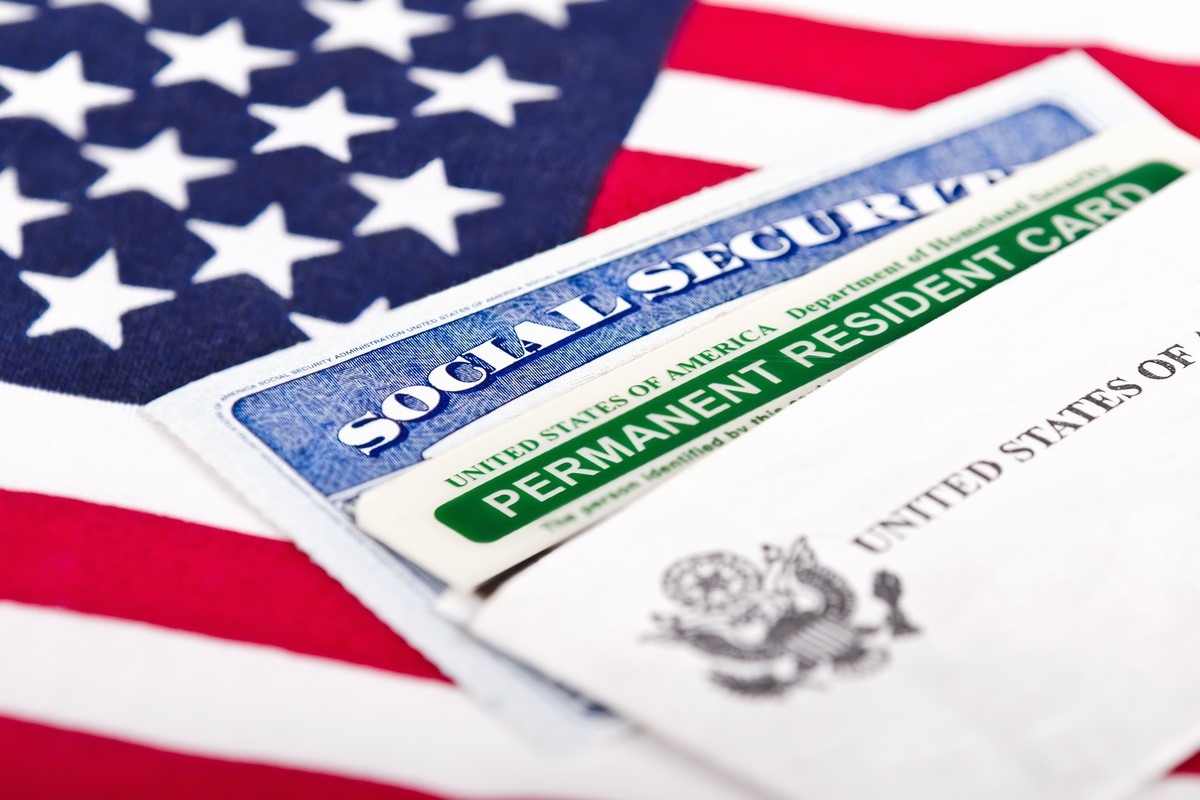When I started looking for ways to move to the U.S., it felt overwhelming. There were too many options, too much jargon, and not enough clear guidance. I kept running into the same complicated explanations that didn’t actually help. That’s why I decided to break it all down simple, direct, and focused on what actually works.
In this guide, I’ve listed 7 of the easiest ways to immigrate to the USA in 2026. These aren’t just common visa paths you’ve already heard of some are lesser-known options that most people skip over. Number 4 catches people by surprise because it’s not talked about enough, but it works.
If you’re serious about starting a new life in the U.S. and want a clear path forward without the confusion, you’re in the right place. Let’s walk through each option step-by-step and figure out what works best for your situation.
1. Family-Based Immigration
If you have close family in the U.S., this could be your fastest route. The U.S. government allows citizens and permanent residents to sponsor relatives. Immediate relatives of U.S. citizens like spouses, children under 21, or parents get top priority with no annual cap on visas. Other relatives like siblings or adult children may still qualify but face longer wait times.

What you need:
- A family sponsor who is a U.S. citizen or permanent resident
- Proof of your relationship (birth certificates, marriage certificate, etc.)
- Completed I-130 petition filed by your sponsor
This option works well if you already have a strong family connection in the U.S. and are ready to wait through the process.
2. Employment-Based Green Card
If you’ve got a job offer or special skills, this could be your best fit. Employers in the U.S. can sponsor you for a green card, especially if you’re in a high-demand field like healthcare, engineering, or tech. The process usually involves labor certification and proving that no qualified U.S. worker is available for the role.
What you need:
- A legitimate job offer from a U.S. employer
- Employer willing to file a PERM labor certification and I-140 petition
- Qualifications, experience, and possibly advanced degrees depending on your category
There are five preference categories (EB-1 to EB-5). EB-1 is for individuals with extraordinary ability, while EB-2 and EB-3 are more accessible for professionals with degrees or experience.
Read: How to Ace Interviews for Jobs in the USA: Insights from Recruiters
3. Diversity Visa Lottery Program
A lesser-known but powerful way to get in if you’re from an eligible country. The Diversity Visa (DV) Lottery offers 55,000 green cards each year to people from countries with low immigration rates to the U.S. It’s free to enter and selection is random.

What you need:
- Be from an eligible country (check the annual list)
- Have at least a high school education or 2 years of work experience in a qualifying job
- Submit an online application during the open registration period (usually Oct-Nov)
If selected, you’ll go through an interview and background check before getting your visa. This is one of the easiest and most affordable paths if you qualify.
4. Asylum or Refugee Status
Most people skip this, but it can be a legal path if you face danger in your home country. If you’re in the U.S. or arrive at the border and fear persecution in your country because of your race, religion, nationality, political opinion, or group identity, you can apply for asylum. Refugee status is similar but handled before you arrive.
What you need:
- Evidence of fear of persecution or past harm
- Strong documentation to support your claim (news reports, letters, photos, etc.)
- Must apply within one year of arriving in the U.S. (for asylum)
If granted, you can apply for a green card after one year. This path is sensitive and requires legal help but can be life-changing for those in danger.
Read: Navigating the U.S. Job Market: Tips for Newcomers
5. Student Visa to Employment (F-1 to H-1B to Green Card)
Start with education, stay through employment one of the smartest long-term moves. Many people use the student visa as their entry point to the U.S. After graduation, you can apply for Optional Practical Training (OPT) to work temporarily. If an employer sponsors you, you can then transition to an H-1B work visa, and later apply for a green card.
What you need:
- Admission to a U.S. school and an F-1 visa
- Maintain full-time enrollment and valid status
- Apply for OPT or STEM OPT extension
- Secure a job offer and H-1B sponsorship
This route takes time and planning but allows you to build skills and gain U.S. experience while working toward permanent residency.
6. Marriage to a U.S. Citizen
One of the most direct and fastest paths to a green card. If you marry a U.S. citizen, you can apply for a marriage-based green card. It’s important to note that this must be a genuine relationship, not just for immigration purposes.

What you need:
- Legal marriage certificate
- Evidence of a real relationship (photos, joint finances, travel together, etc.)
- Completed Form I-130 and I-485 (if adjusting status in the U.S.)
You may be called for an interview to prove your relationship is real. Once approved, you receive conditional or permanent resident status, depending on the length of your marriage.
Read: The Millionaire Mindset: 7 Habits of Wealthy Investors You Need to Adopt
7. Invest in the U.S. (EB-5 Investor Program)
If you have money to invest, this option offers a green card with no employer needed. The EB-5 Immigrant Investor Program lets you invest in a U.S. business and get a green card. You must create at least 10 full-time jobs for U.S. workers.
What you need:
- Invest at least $1.05 million (or $800,000 in a targeted employment area)
- Show that your investment funds are legal and traceable
- Invest in a new commercial enterprise or a regional center
Immigrating to the USA might feel like a big journey, but it becomes easier when you understand your options and take one clear step at a time. Whether you go through a family connection, job offer, investment, or special programs like the Diversity Visa Lottery, there’s a legal path available for you.
I’ve laid out the easiest ways people often overlook, and now it’s your turn to decide which one fits your situation best. Take time to research, prepare your documents early, and stay consistent with your efforts. And don’t wait until everything is “perfect” start where you are.
Most importantly, don’t let fear or confusion stop you. Each visa or green card success story started with a simple decision to try. Your opportunity is out there you just have to take that next step. Keep going. You’re closer than you think.


